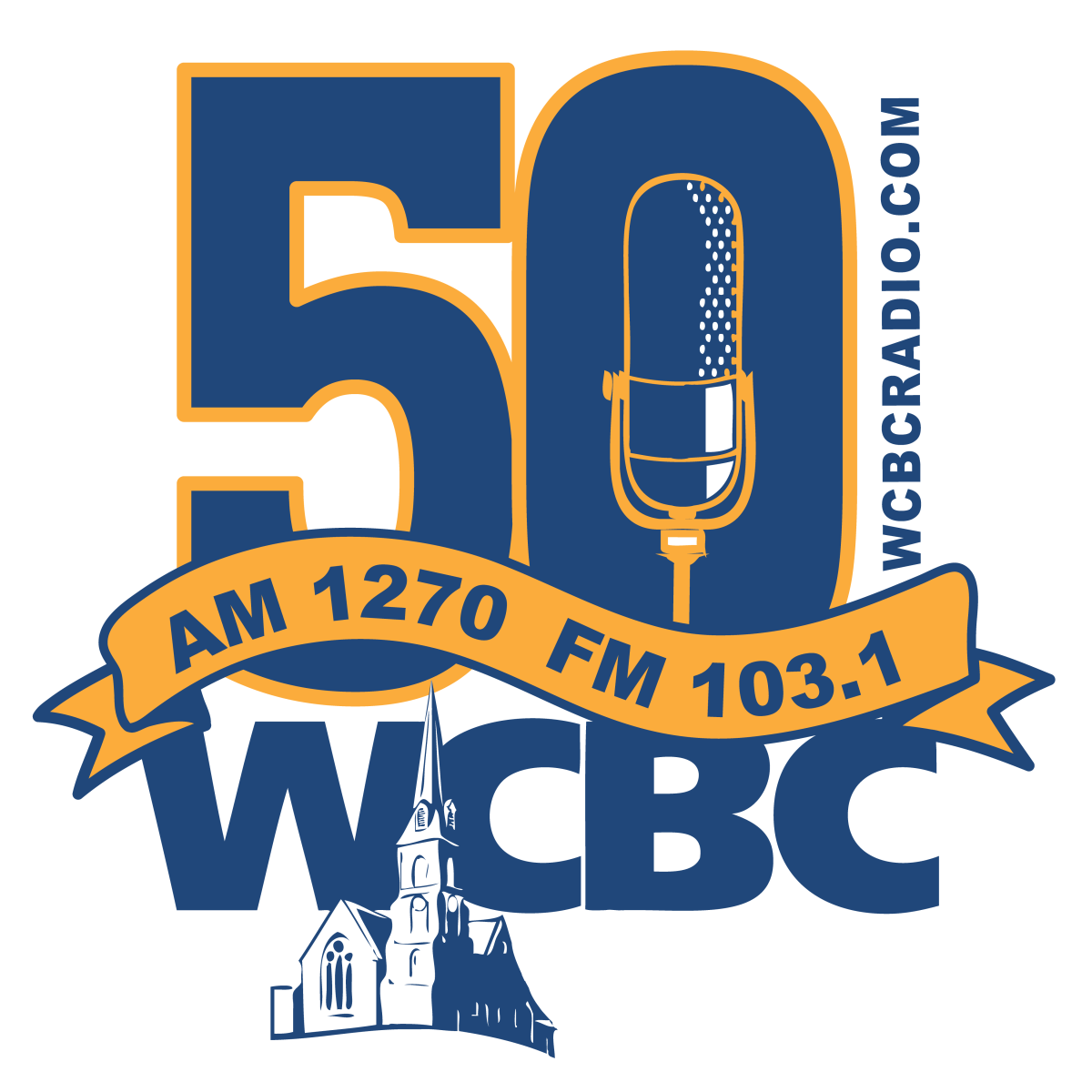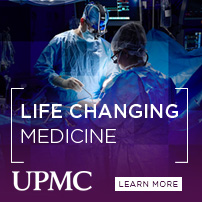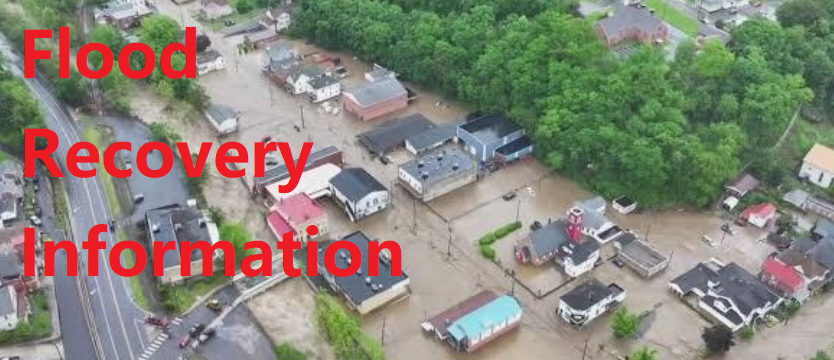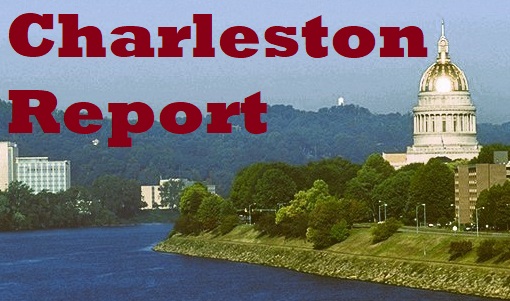December 19th, 2022 by WCBC Radio
Student enrollment in West Virginia’s community and technical colleges and public four-year universities remained mostly steady for the fall 2022 semester compared to the year before. For the state’s community and technical colleges, enrollment rose from 15,555 in 2021 to 15,770 in 2022, with public four-year enrollment declining slightly from 57,102 in 2021 to 56,303 in 2022 – representing a 1.4 percent decline.
First-time freshmen enrollment rose across both systems, increasing at community colleges from 2,441 in 2021 to 2,530 in 2022, and from 9,433 in 2021 to 9,802 for public universities – the first new freshmen enrollment increase at baccalaureate institutions in several years.
The number of high school students taking dual enrollment courses from public colleges and universities increased across the board in 2022. Those taking courses through community and technical colleges rose from 2,859 in 2021 to 3,212 in 2022, while those taking courses through the state’s universities rose from 5,290 in 2021 to 5,908 in 2022. In total, more than 900 students took dual enrollment courses over the year before.
Dr. Sarah Armstrong Tucker, West Virginia’s Chancellor of Higher Education, emphasized the positive impact of dual enrollment courses for high school students, noting West Virginia’s low college-going rate – which was 45.9 percent for the graduating class of 2021 – and the promise of dual enrollment in reversing those trends.
“Nearly 67 percent of students in the class of 2021 who took dual enrollment courses went to a community college or a four-year institution after graduation, while only 23 percent of students who didn’t take any college-level courses in high school continued on,” Chancellor Tucker said. “We know that the availability of dual enrollment courses for our students plays a significant role in their decision to continue education or training and in their overall success. With our college-going rate such a significant challenge and knowing that students with only a high school diploma earn an annual salary of around $20,000 after graduation, we must find a way to make college-level courses more accessible to all students. It is critical for them, and it is critical for the long-term economic stability of our state.”




.jpg)













